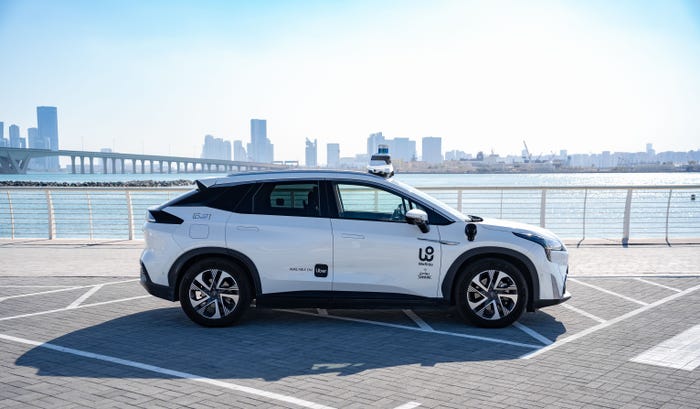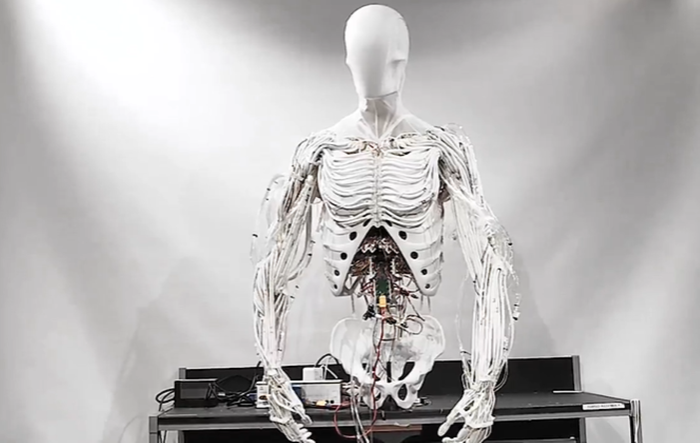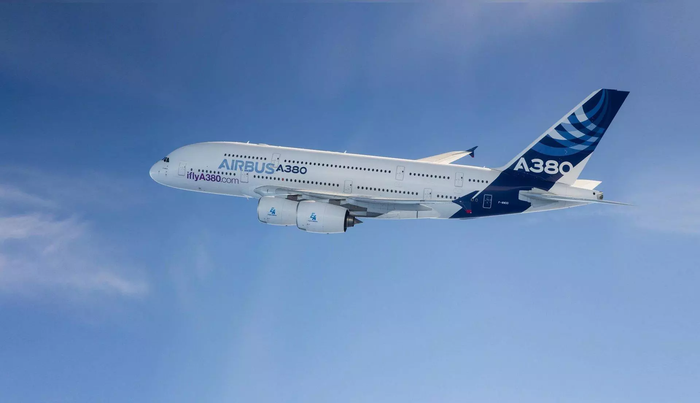Ericsson to Implement Smart City Technology in Dallas
The company’s smart city technology solution will give cities the ability to aggregate and analyze real-time data to control traffic lights and more.
January 19, 2018

In Ericsson’s vision, Dallas’ smart city journey as it relates to traffic management could eventually look something like this: when a car crash takes place at an intersection, a notification is sent to the 911 center and includes a link to a camera feed to lend better information on what’s happening to ensure optimal response. Smart lighting could turn up brighter to ensure better vision for first responders, and the right services dispatched to fix any damaged infrastructure.
It’s all part of Ericcson’s plan to implement smart city technology in the city.
“This is an example of taking independent silos, and automating interaction between them,” said Dr. Brenda Connor, head of Smart Cities and Intelligent Transport Systems, North America, at Ericsson.
Dallas recently enlisted Ericsson to install and host an Advanced Traffic Management System based on its Connected Urban Transport product. Cities are procuring their subsystems – like cameras, digital messaging and traffic management – on a one by one basis, Connor said. By bringing together data in disparate systems, and providing role-based visualization tools that include robust access control, Ericsson’s smart city technology solution can automate action to enable faster responses and reduce workloads.
“We connect the silos together to transform the data from one silo into information into realistic action across the silos,” Connor said.
The first phase of the two-year, multiphase deployment was launched in December, when Ericsson connected 600 Dallas intersections in 60 days. Dallas ranks in the top 10 most congested locations in the United States for commuters, according to a 2017 study by transportation analytics software vendor INRIX.
The Connected Urban Transport solution will give the city of Dallas and adjacent cities the ability to aggregate and analyze diverse, real-time data from traffic sensors and cameras to dynamically control traffic lights, school flashers and message signs, according to a press release. It includes a dashboard to have one central overview, across agencies, of the status of a system and KPIs to monitor and track the city’s goals and suppliers’ performance for contract management. Ericsson is working with Intelight’s MaxView Advanced Traffic Management System and Teleste’s Video Management System.
Part of the project calls for creating an “ecosystem to share data and system services with other organizations in a controlled way,” according to the press release, that will ease traffic congestion across the region.
What’s more, Ericsson employees’ themselves stand to benefit from the innovations, as the North American headquarters of the Stockholm-based company are located in Plano, Texas, just outside the main city.
“We live and breath here,” Connor said. “We will benefit from the capability.”
About the Author
You May Also Like






